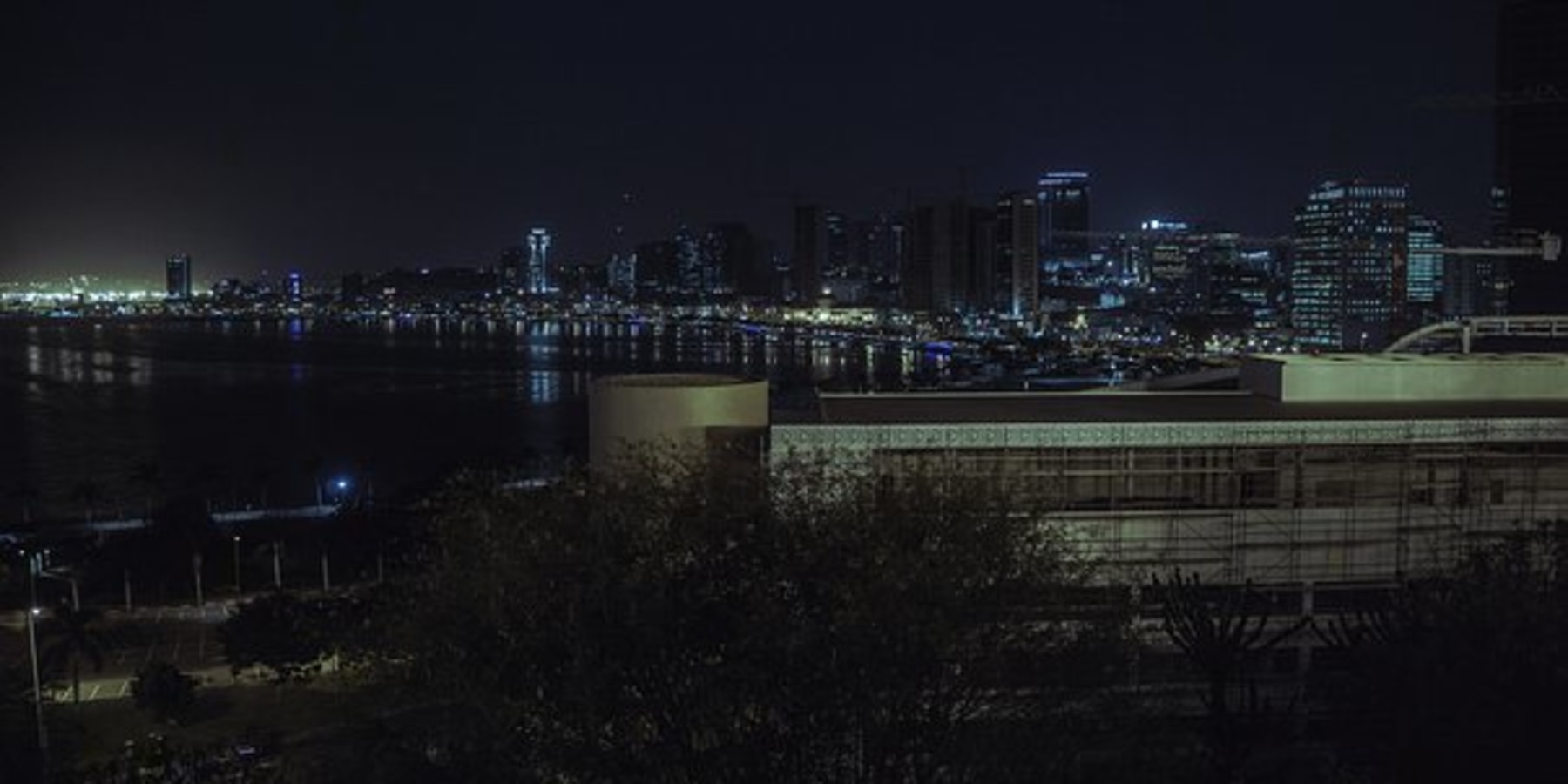
Angola is a country lying in Africa, located on the southwest coast of this continent. Angola is bordered to the north and northeast with the Democratic Republic of Congo and Republic of Congo; east, bordering Zambia and Namibia to the south. Angola is bordered to the west by the Atlantic Ocean and has a coastline of 1.650km, from a total area of 1.246.700 sq km. The highest point in Angola is Mount Moco, which has 2.620m. About 60% of the territory is occupied by plateaus from 1,000 m to 2,000 m.
GEO-Demographic
Data Total Area 1.246.700 sq km
Population 16 Milhões Hab. \
GDP 2010 – Total $ 114,1 mil milhões
Currency Kwanza (AOA)
Telephone Country Code +244
Climate
Like the rest of tropical Africa, Angola experiences distinct, alternating rainy and dry seasons. The coastal strip is tempered by the cool Benguela Current, resulting in a climate similar to coastal Peru or Baja California. It is semiarid in the South and along the coast to Luanda. There is a short rainy season lasting from February to April. Summers are hot and dry, while winters are mild.
The north has a cool, dry season. The climate is greatly influenced by the prevailing winds, which arc W., S.W. and S.S.W. Two seasons are distinguished – the cool, from June to September; and the rainy, from October to May. The heaviest rainfall occurs in April and is accompanied by violent storms.
The far north and Cabinda enjoy rain throughout much of the year. Cacimbo is the name given in Angola to the dry season.
Useful Information
Banks: 8 am – 3 pm
Trade: 8 am – 12.30 pm / 2 pm – 6 pm from Monday to Friday, Saturdays 8 am – 12.30 pm
Currency: Kwanza (U.S. Dollars are accepted in many places)
Time Zone: GMT / UTC +1
Electricity: 220/240V 50Hz
Health
You need the vaccine against yellow fever, malaria prevention and be careful in the consumption of water and raw food. Water has reasonable quality but should be boiled, filtered or sterilized. There are well-equipped hospitals, clinics and pharmacies in all provinces.
How To Get There
Quatro de Fevereiro Airport, Port of Luanda, Port of Lobito and Namibe Port. Roads and railways are being recovered.
Transportation
Rent-a-car companies available. ‘Candogueiros’ are the local collective taxis. Public transport is a deficit.
Telecommunications
There is Angola Telecom’s land network and several mobile networks provide services and products for wireless internet access. Many hotels also offer wireless and there are several Internet cafes in cities.

